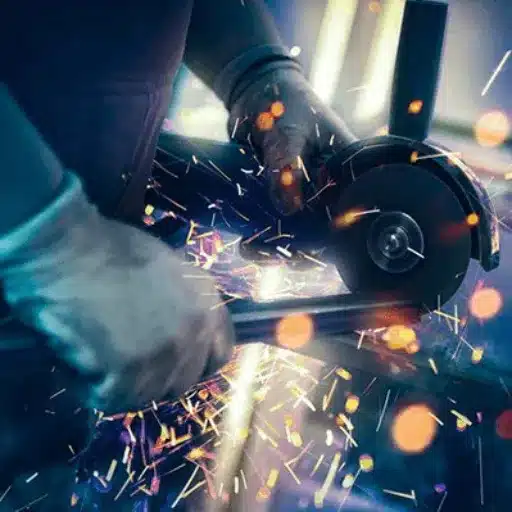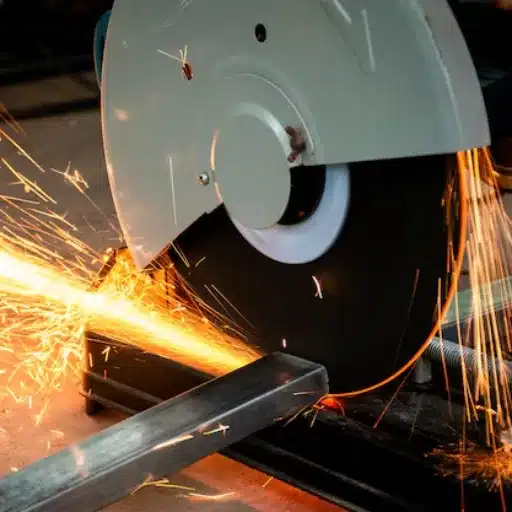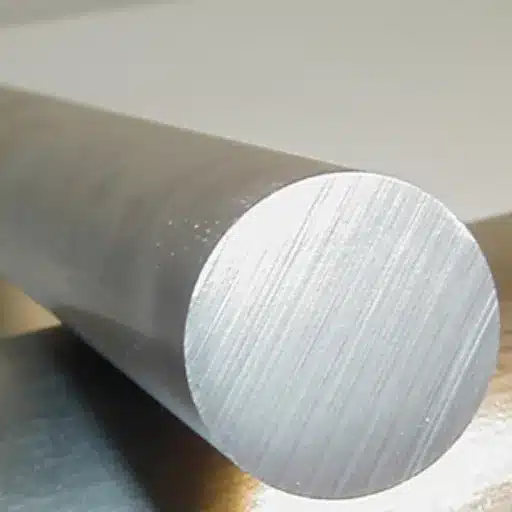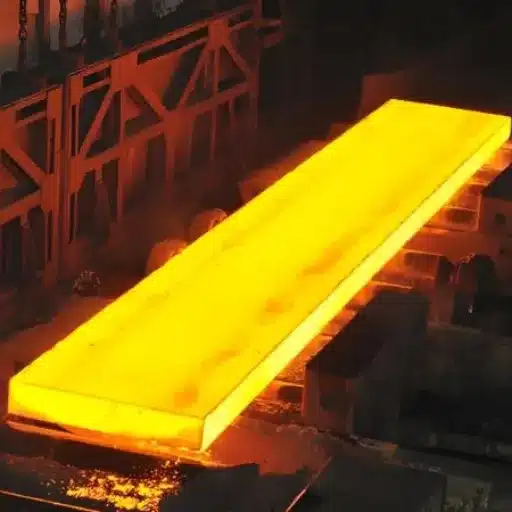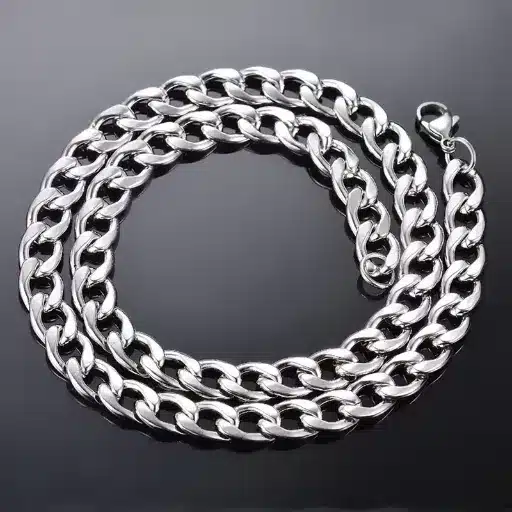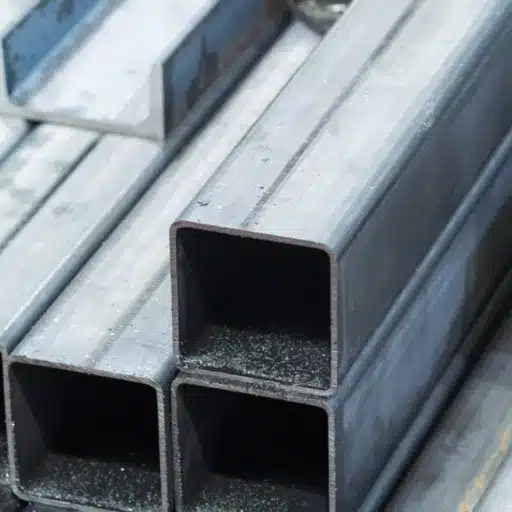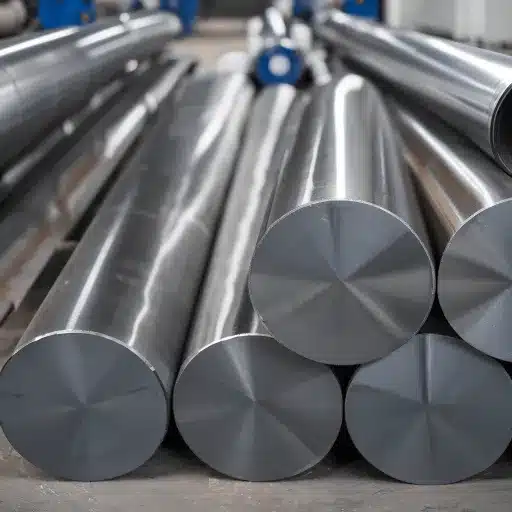The cutting of stainless steel may be quite difficult, particularly to a person who is not familiar with the process and the tools to use. Selecting the most suitable method can cut down on time and energy and enhance the quality of the finish, thus, whether you are a professional worker or a DIY enthusiast, doing so is the most practical thing to do. This guide is designed to help you in the process and to allow you to make knowledgeable choices. We will thoroughly analyze the most productive ways, weigh the tools in terms of detail and power, and offer good practice to get the superior results. At the end of the day, you will be the one who can confidently work on stainless steel and go on with your project simultaneously.
Understanding Stainless Steel Properties
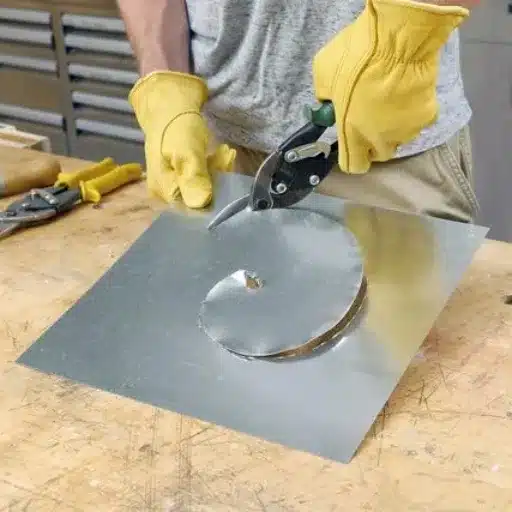
Stainless steel, due to the combination of its components, becomes an alloy mainly composed of iron, chromium, and other metals like nickel and molybdenum, which confer the alloy desirable characteristics. One of the main properties is the corrosion resistance, which together with the other characteristics – durability and low maintenance – makes steel suitable for various applications in industries.
Types of Stainless Steel
1. Austenitic Stainless Steel
There is austenitic stainless steel, the steel type which is used mostly in daily life. It is around 70% of the whole stainless steel production. The steel is made with the addition of high percentages of chromium (16–26%) and nickel (6–22%), which give it such properties-as corrosion resistance and toughness. Among the popular grades, 304 and 316 are often mentioned—316 has extra resistance to chlorides and saltwater while 304 is aimed at general use. The major industries for austenitic steel are food processing, kitchen equipment, and medical devices; all thanks to its high resistance to wear and low cost of fabrication.
2. Ferritic Stainless Steel
Ferritic steels with lower amounts of nickel (or no nickel at all) are less expensive than austenitic grades and thus more cost-effective. The ferritic type is magnetic, moderate in corrosion resistance, and has good thermal conductivity. The most common grades are 409 and 430 that are oftentimes used in making automotive exhaust systems, industrial pipes, and for decorative purposes. On the contrary, ferritic stainless steel is less tough than austenitic types.
3. Martensitic Stainless Steel
Martensitic stainless steel is associated with high strength and hardness, hence it becomes an excellent candidate for applications requiring wear resistance. The composition of steel usually has 11–17% chromium and nickel in a smaller amount. The material is not as resistant to corrosion as austenitic grades but its application is still wide in cutlery, surgical instruments, and turbine blades. 410 and 420 are some of the most common grades.
Common Applications of Stainless Steel
Construction and Architecture
Stainless steel is one of the main materials in construction, and it is used for building, façades, roofing, and structural components. Apart from its excellent corrosion resistance, modern architecture loves the aesthetic appeal provided by stainless steel. It is estimated that out of all the steel production, around 28% is consumed by the construction industry based on recent reports.
Medical and Healthcare
Sterile and resistant to sterilization processes, stainless steel is the preferred material for medical tools, surgical systems, and hospital infrastructure. The creation of specialized stainless steel grades for implants and prosthetics has been made through recent innovations, thereby highlighting its critical health applications.
Automobile and Transportation
The exhaust systems, fuel tanks, and chassis are some of the automotive components that are usually made from stainless steel owing to its strength and resistance to rust. The shift towards electric vehicles (EVs) is likely to drive up the demand for stainless steel grades that are lightweight yet sturdy, with a projection of 3% annual growth in the sector by 2027.
Selecting the Right Tools
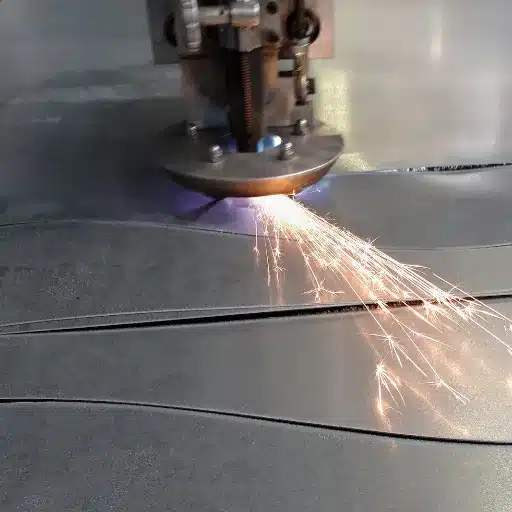
For the process of selecting the right tools, I consider first of all their performance, durability, and application suitability. Evaluating the composition of the materials, and the efficiency of the design, and checking the compatibility with the project requirements will result in the best quality and reliability of the tools over a long period.
Angle Grinder and Its Applications
An angle grinder is such a power tool that it can perform many functions like cutting, grinding, and polishing with just one action. One of the flow or discharge materials or metals that are usually ground by means of such a tool is stainless steel, and that too very precisely. This grinder when used for stainless steel is able to perform the task really well as it not only leaves behind the cut but also finishes it all smooth and blends well.
There are many reasons why people prefer angle grinders as their go-to knives among others, but the speed with which it cuts the stainless steel sheets, pipes, and rods is a major one. Powerful motors drive these models that are able to cut very fast and range from 5 amps to over 15 amps, and the speeds depend on the application so they can go up to 10,000 revolutions per minute (RPM) or even 5,000 for the slower operations. Angle grinders can be equipped with the cutting discs that are made specifically for stainless steel, like diamond or carbide discs, which help to reduce the generation of heat and also to avoid warping of material during operations.
Circular Saw with Carbide-Tipped Blade
The circular saw with carbide-tipped blade is one of the most powerful and versatile tools available for wood, metal, plastics, and other materials cutting with precision and efficiency. The blades of the carbide-tipped type are tough and wear-resistant at the same time, which is why they are widely used in high-performance cutting applications. The teeth of these blades are made of tungsten carbide which is much harder than steel, so the teeth can keep their sharpness longer and cut the thickest or the most abrasive materials with ease.
Carbide-tipped blades are reported to last up to 50 times more than the standard steel ones regarding cutting cycles, so it means that the need for the frequent replacements is very much reduced. Besides, the usage of circular saws with these blades produces cuts that are smoother since the specially designed teeth are less vibrating and, hence, cause little tear-out. For instance, a standard 7 1/4-inch carbide-tipped blade can make up to 1,000 cuts in engineered wood before it needs replacement, depending on the wood’s toughness and the way it is used.
Step-by-Step Cutting Methods
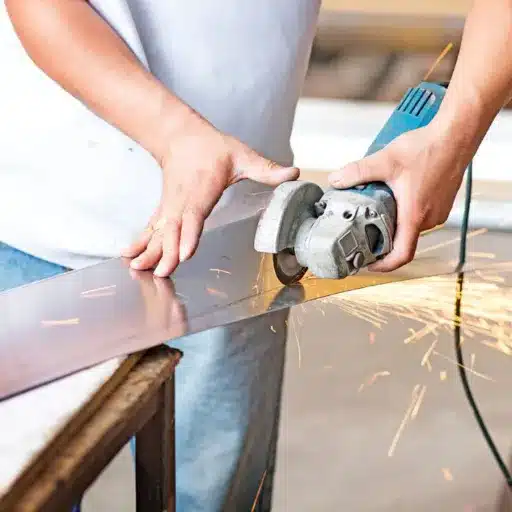
Using an Angle Grinder for Versatile Cutting and Grinding
Angle grinders are potent tools that have numerous applications in cutting, grinding, and polishing of different materials. They are fitted with an abrasive disc that rotates and can cut metal, tile, and concrete quite efficiently and if using the right attachments, even wood. Recent industry trends indicate that the construction and metalworking sectors use angle grinders as a power tool about 30% of the time, all thanks to their versatile functions and low prices.
Features and Attachments
Current-day angle grinders usually have safety features like adjustable guards, side handles for stability, and variable speed control to match the material and task. Diamond blades are the best for cutting masonry, while cutting discs can handle metals. Wire brushes are perfect for clearing rust or paint. These accessories make it possible for both professionals and DIYers to get the most precise and efficient results of their work in a variety of applications.
⚠️ Key Safety Tips
Always put safety first when working with an angle grinder. Besides the PPE, which consists of gloves, eye protection, and hearing protection, the workers should also be alert. Studies show that improper handling of angle grinders results in 25% of injuries caused by power tools, which is why the need for caution is emphasized. It is also advisable to check the tool and its accessories for wear every now and then to prevent any accidents.
Employing a Hacksaw for Thinner Sheets
Hacksaws are surefire tools when it comes to precise cutting of thinner sheets of metal, plastic, or wood with control. It has a fine-toothed blade which is kept under tension and held in a metal frame. The secret of effective use is in matching the type of blade to the material being cut and using the right cutting techniques.
While choosing a blade, the teeth per inch (TPI) specification should be your focus. For example, 14-18 TPI blades are perfect for the cutting of soft plastic materials, while higher TPI blades such as 24-32 are suitable for cutting thin metal sheets. The efficiency of the blades used is inversely proportional to the thickness of the material being cut when the cutting teeth are properly matched to the application.
Safety Precautions When Cutting Stainless Steel
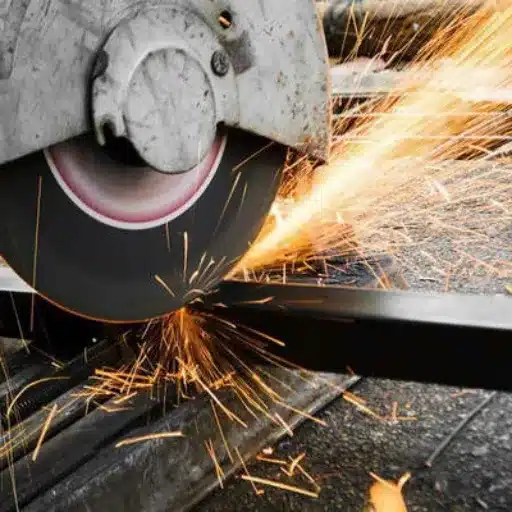
Cutting stainless steel always the first thing for me is to cut through it correctly. For that, I make sure I wear the necessary protective gear, that is, safety goggles, gloves, and ear muffs. I also use the right cutting tool, either a high-speed angle grinder or a plasma cutter, and I ensure that they have blades or discs rated for stainless steel.
Personal Protective Equipment (PPE) When Cutting Stainless Steel
| PPE Item | Description & Standards |
|---|---|
| Safety Glasses or Goggles | It is mandatory to protect your eyes against the flying metal shards and sparks resulted from the cutting process. Following OSHA (Occupational Safety and Health Administration) guidelines, safety glasses should conform to ANSI Z87.1 standards which ensure their resistance to high-impact debris. |
| Cut-Resistant Gloves | Choosing gloves made of Kevlar or similarly cut-resistant materials can help lower the chances of cuts on hands. The National Safety Council report states that every third hand injury is due to the lack of gloves, thus highlighting the necessity of gloves even more in cutting operations. |
| Ear Protection | The process of cutting usually calls for the generation of high-decibel noise that may lead to hearing loss. Hence, it’s good to have earplugs or earmuffs with at least 25 dB Noise Reduction Rating (NRR) for such conditions. |
Best Practices for Safety During Cutting
Choose Tools and Equipment Carefully
The use of special tools for cutting stainless steel, like carbide-tipped blades or plasma cutters, ultimately results in fewer accidents. Industry research has shown that nearly 30% of all workplace accidents are caused by wrong tool usage, hence reiterating the need for right equipment.
Keep Work Area Clean
An organized workplace significantly lowers the risk of possible tripping, slipping, or causing injury in an accidental manner. It is reported by OSHA that if a work area is hazards-free, it can save up to 25% of workplace injuries.
Carry Out Inspections of Equipment Before Use
It is good practice to check the tools and machines before using them to ascertain that they are in good working order. Overstocked equipment is one of the major causes of workplace accidents, accounting for over 20% of the reported cases according to recent surveys.
Tips for Achieving Precision in Cuts
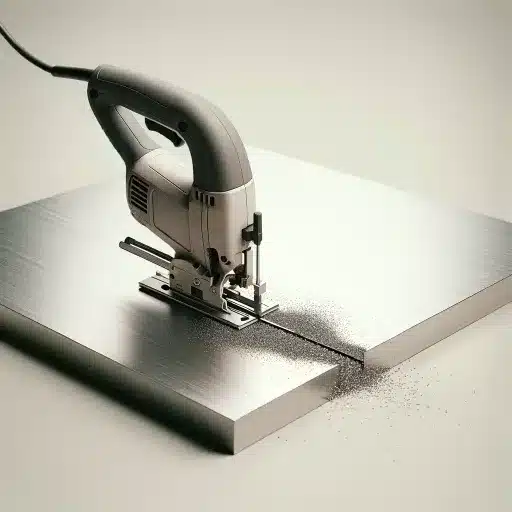
For cuts to be precise, I make it a point to measure and mark the materials very carefully and also apply the maintenance of the cutting tools that are sharp and in good condition, and lastly I do the cutting using the technique that is suitable for the specific material.
Measuring and Marking Techniques
When cutting stainless steel, precision is going to be the most important factor, and in that case, accurately measuring and marking are the ways to go to get clean cuts. Reliable tools like tape measures, calipers, or laser measuring devices are the ones that guarantee maximum measurement accuracy. For instance, the digital calipers that are famous for their accuracy can obtain measurements as small as 0.001 inches, and therefore they are very suitable for such projects where the utmost precision is desired.
When it comes to making marks on stainless steel, it is very important to select instruments that will create very clear bold lines and at the same time cause no harm to the material. The use of fine-tip markers or specialized metal scribers is being suggested. Some artists even go for the laser marking systems to create their intricate designs because they offer unmatched precision and uniformity.
Maintaining Tool Sharpness
Keeping the tools sharp is a very important part of metalworking that directly contributes to getting precision results and increases efficiency in general. The cutting will be very clean if the tools are sharp and thus less material will be wasted while the life of the tool will be prolonged. Research has shown that using blunt tools can make the cutting effort go as high as 20% more, which, in turn, will cause not only operator fatigue but also the manufacturing process being more energy intensive. So, routinely sharpening the tool will lessen these problems and greatly improve the performance of the operation.
There are modern methods such as using diamond-coated sharpening systems or automated grinding machines that guarantee consistent and high-quality results. Furthermore, tools that are kept at the right level of sharpness will produce finishes that are smoother, thus there will be a decrease in the requirement for extensive post-processing. An engineering experts report states that if the company keeps buying proper sharpening equipment, then it is going to enjoy a tool replacement cost reduction of around 40% yearly. This is entirely valid for those companies that combine routine maintenance with advanced sharpening methods since not only are the tools performing at their best but also making a cost-effective contribution in the long run.
Reference Sources
-
KDM Fabrication
- Source: KDM Fabrication – Stainless Steel Cutting Guide
- Why Reliable: This guide offers detailed insights into various cutting methods, including tools like angle grinders, hacksaws, and laser cutters. It also provides practical tips for beginners and professionals, ensuring accuracy and safety.
-
Tuofa CNC Machining
- Source: Tuofa Blog – 12 Ways to Cut Stainless Steel
- Why Reliable: This article explains 12 effective methods for cutting stainless steel, tailored to different thicknesses and project requirements. It emphasizes tool selection, workspace preparation, and safety measures.
-
TopsBest Precision
- Source: TopsBest Precision – How to Cut Stainless Steel: 12 Best Ways
- Why Reliable: This resource provides a detailed breakdown of cutting techniques, including their advantages, limitations, and applications. It also highlights safety precautions and common challenges.
Frequently Asked Questions (FAQs)
The easiest method to cut stainless steel sheet involves using a grinder or saw with a metal cutting blade. The sheet must be clamped firmly to avoid moving through the cutting process. In addition, the use of cutting oil or lubricants is suggested as they will help minimize friction and thus speed up the cutting.
Definitely, a Dremel tool can be utilized for cutting stainless steel, particularly for the cases of thin metal sheets or intricate cuts. Use a metal-specific cutting wheel and set the speed according to the material being cut. Keep Dremel tool motionless and put on little pressure so as to cut without compromising the blade.
Carbide tipped or metal cutting circular saw blades are considered the best blades for cutting stainless steel. These blades can easily cut ice and offer clean and accurate cuts. If you are using handheld equipment, then a high-speed steel blade will also serve well.
Cutting oil is a must for stainless steel cutting since it cuts down on heat and friction as well as prolonging the life of the tool by preventing it from overheating. The cut edge will be cleaner and the probability of contamination from the cutting process in the form of particles will be less. For best results, always apply lubricants or coolants during cutting process.
Yes, cutting hardened stainless steel is possible but only with the usage of specialized tools, hence a high-quality band saw or a grinder with an appropriate cutting wheel for hard materials is needed. A sawzall with a metal cutting blade could also be employed but it might take longer and require more effort.
For stainless steel cutting straight, use a straight edge as the cutting guide tool which is obvious for electric saws or jigs equipped with metal blades that can cut very accurate. When the material is clamped securely and slow movements are made, there will be good cutting accuracy.
Ready to Cut Stainless Steel Like a Pro?
With the right tools, techniques, and safety precautions outlined in this guide, you’re now equipped to tackle any stainless steel cutting project with confidence. Remember to always prioritize safety, maintain your tools, and practice precision in your measurements for the best results.

